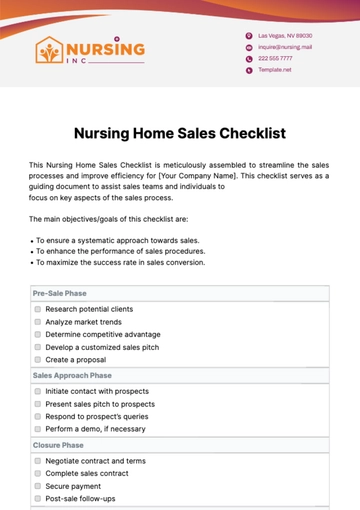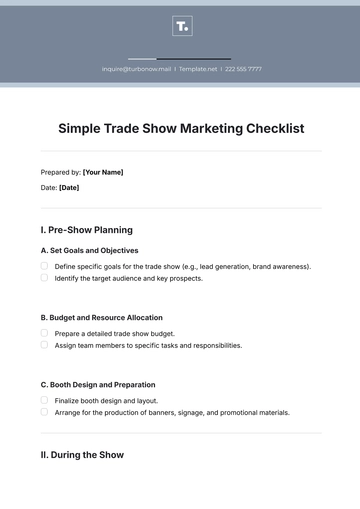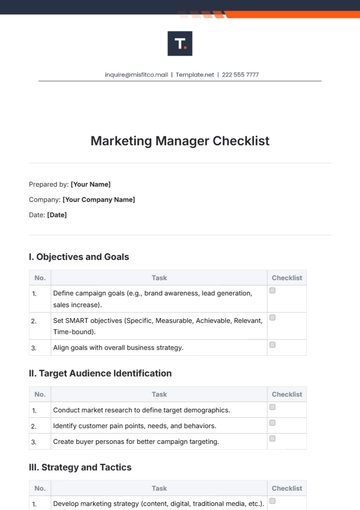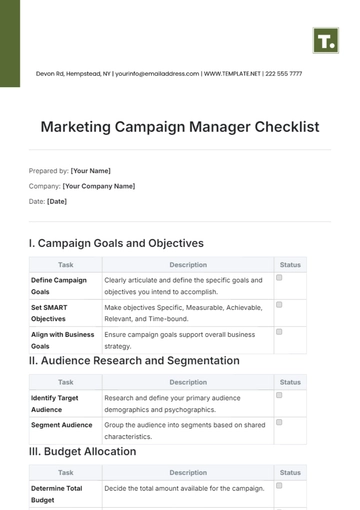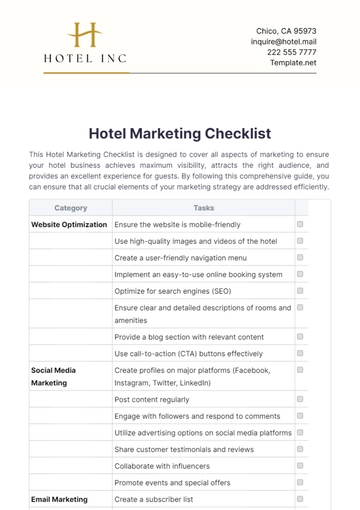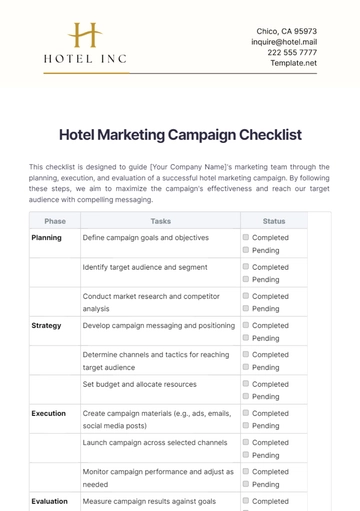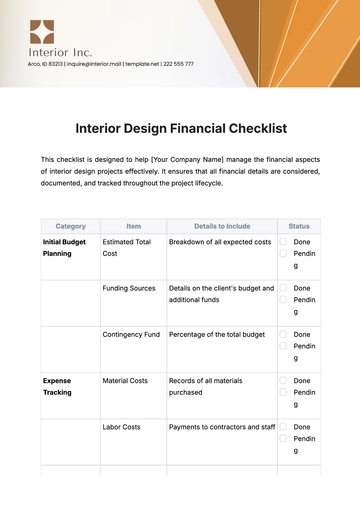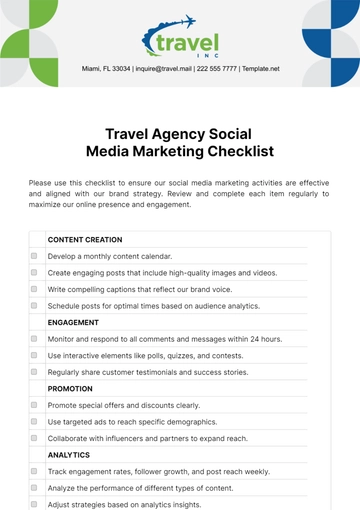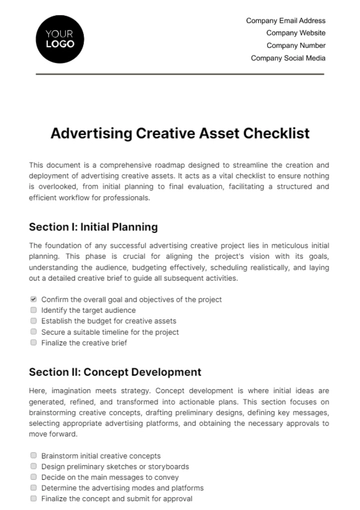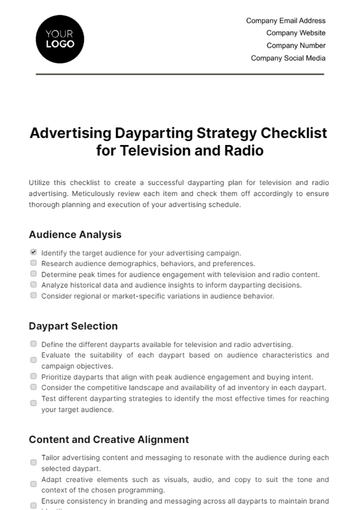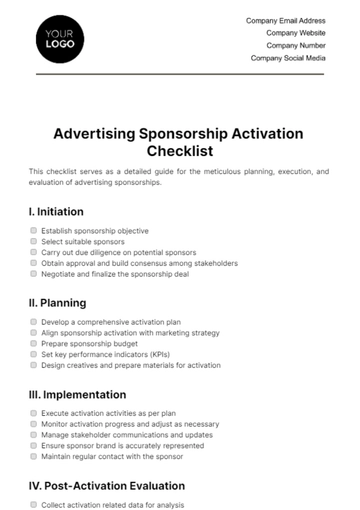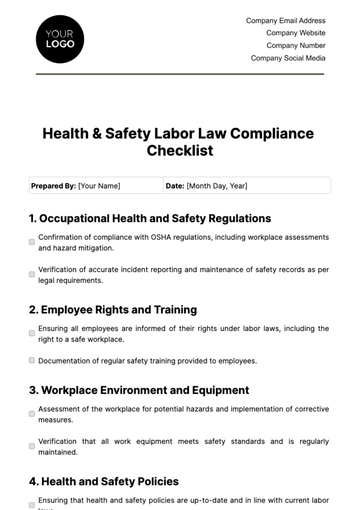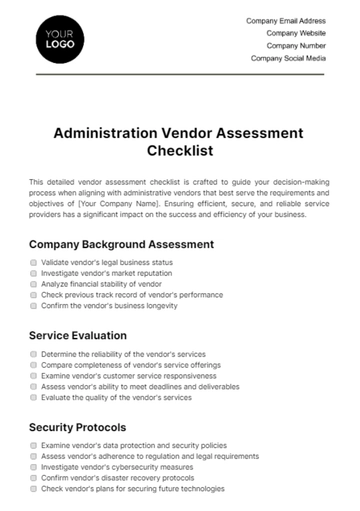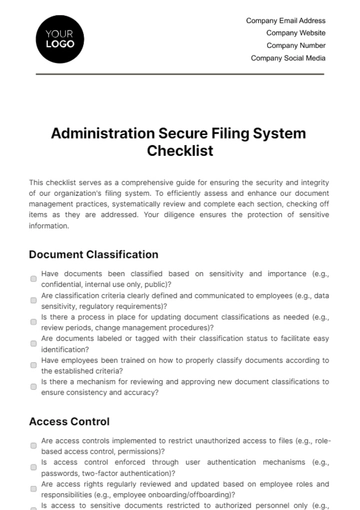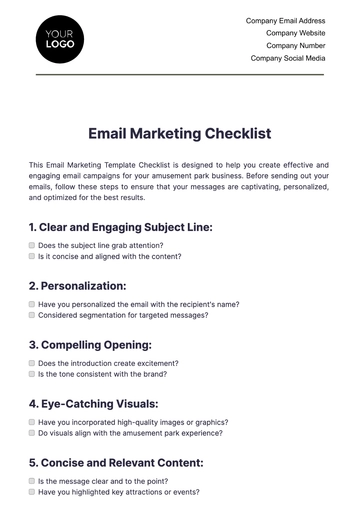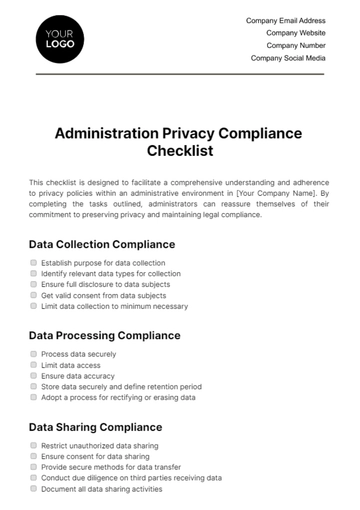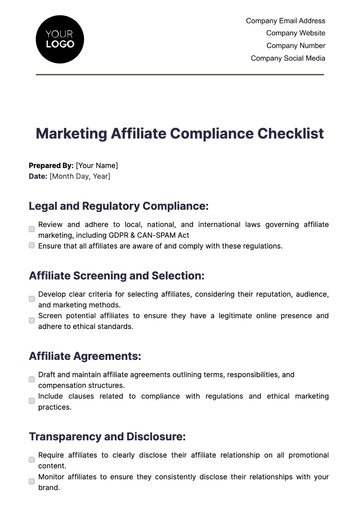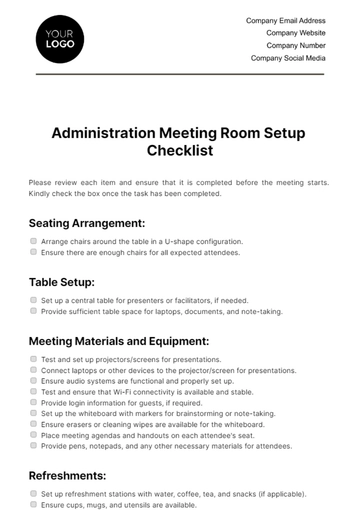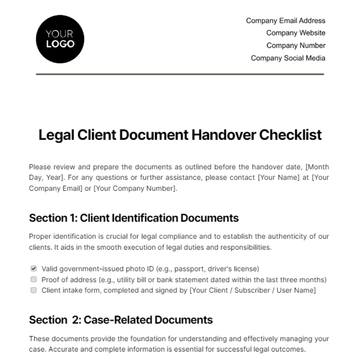Free Advertising Dayparting Strategy Checklist for Television and Radio
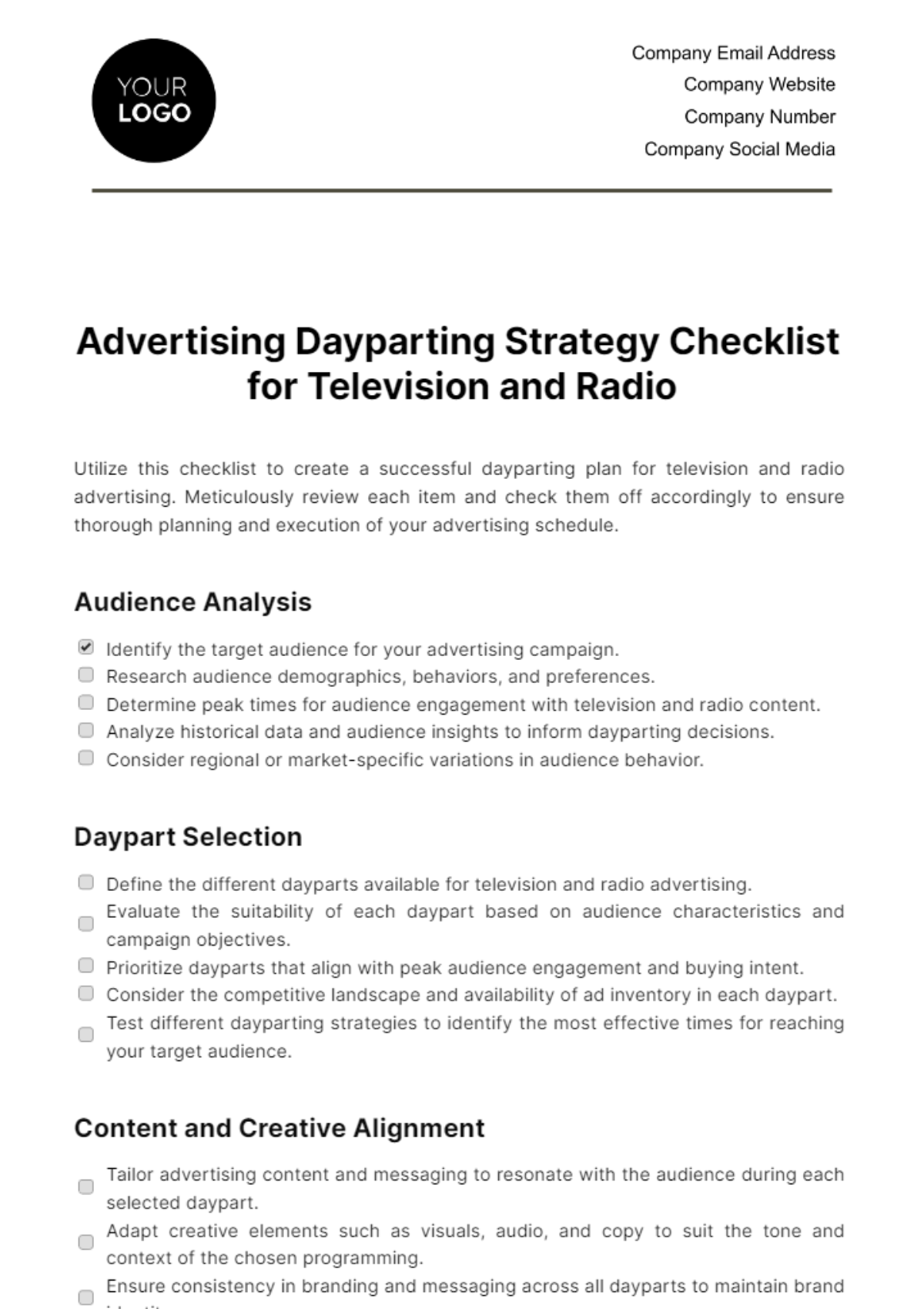
Utilize this checklist to create a successful dayparting plan for television and radio advertising. Meticulously review each item and check them off accordingly to ensure thorough planning and execution of your advertising schedule.
Audience Analysis
Identify the target audience for your advertising campaign.
Research audience demographics, behaviors, and preferences.
Determine peak times for audience engagement with television and radio content.
Analyze historical data and audience insights to inform dayparting decisions.
Consider regional or market-specific variations in audience behavior.
Daypart Selection
Define the different dayparts available for television and radio advertising.
Evaluate the suitability of each daypart based on audience characteristics and campaign objectives.
Prioritize dayparts that align with peak audience engagement and buying intent.
Consider the competitive landscape and availability of ad inventory in each daypart.
Test different dayparting strategies to identify the most effective times for reaching your target audience.
Content and Creative Alignment
Tailor advertising content and messaging to resonate with the audience during each selected daypart.
Adapt creative elements such as visuals, audio, and copy to suit the tone and context of the chosen programming.
Ensure consistency in branding and messaging across all dayparts to maintain brand identity.
Test different creative variations to optimize performance in each daypart.
Solicit feedback from focus groups or test audiences to gauge the effectiveness of ad creative in different dayparts.
Budget Allocation
Allocate advertising budgets strategically across different dayparts based on audience reach and cost-effectiveness.
Consider pricing variations and demand fluctuations for ad inventory during different dayparts.
Monitor and adjust budget allocations in real-time based on performance metrics and market conditions.
Implement a flexible budgeting approach to capitalize on opportunities and mitigate risks.
Track return on investment (ROI) for each daypart to inform future budget allocations.
Media Buying and Placement
Work with media partners or advertising agencies to negotiate favorable rates and placements for each daypart.
Secure ad placements in high-traffic time slots within selected dayparts to maximize exposure.
Consider integrated advertising opportunities such as sponsorships or endorsements to enhance visibility.
Monitor ad placement and performance metrics in real-time to identify optimization opportunities.
Leverage advanced targeting and programmatic advertising technologies to reach specific audience segments within chosen dayparts.
Performance Monitoring and Optimization
Implement tracking mechanisms to monitor the performance of advertising campaigns across different dayparts.
Analyze key performance indicators (KPIs) such as reach, frequency, and conversion rates for each daypart.
Identify trends and patterns in audience engagement and response to advertising messages.
Continuously optimize dayparting strategies based on performance data and market insights.
Conduct regular A/B testing and experimentation to refine advertising tactics and improve results.
Prepared By: [Your Name]
Date: [Month Day, Year]
- 100% Customizable, free editor
- Access 1 Million+ Templates, photo’s & graphics
- Download or share as a template
- Click and replace photos, graphics, text, backgrounds
- Resize, crop, AI write & more
- Access advanced editor
Organize your dayparting strategy in a few easy clicks with our Advertising Dayparting Strategy Checklist for Television and Radio Template! This fully editable and customizable checklist from Template.net ensures you capture every important detail. The AI Editor Tool streamlines the editing process, allowing you to create a comprehensive dayparting strategy!
You may also like
- Cleaning Checklist
- Daily Checklist
- Travel Checklist
- Self Care Checklist
- Risk Assessment Checklist
- Onboarding Checklist
- Quality Checklist
- Compliance Checklist
- Audit Checklist
- Registry Checklist
- HR Checklist
- Restaurant Checklist
- Checklist Layout
- Creative Checklist
- Sales Checklist
- Construction Checklist
- Task Checklist
- Professional Checklist
- Hotel Checklist
- Employee Checklist
- Moving Checklist
- Marketing Checklist
- Accounting Checklist
- Camping Checklist
- Packing Checklist
- Real Estate Checklist
- Cleaning Checklist Service
- New Employee Checklist
- Food Checklist
- Home Inspection Checklist
- Advertising Checklist
- Event Checklist
- SEO Checklist
- Assessment Checklist
- Inspection Checklist
- Baby Registry Checklist
- Induction Checklist
- Employee Training Checklist
- Medical Checklist
- Safety Checklist
- Site Checklist
- Job Checklist
- Service Checklist
- Nanny Checklist
- Building Checklist
- Work Checklist
- Office Checklist
- Training Checklist
- Website Checklist
- IT and Software Checklist
- Performance Checklist
- Project Checklist
- Startup Checklist
- Education Checklist
- Home Checklist
- School Checklist
- Maintenance Checklist
- Planning Checklist
- Manager Checklist
- Wedding Checklist
- Vehicle Checklist
- Travel Agency Checklist
- Vehicle Inspection Checklist
- Interior Design Checklist
- Backpacking Checklist
- Business Checklist
- Legal Checklist
- Nursing Home Checklist
- Weekly Checklist
- Recruitment Checklist
- Salon Checklist
- Baby Checklist
- Equipment Checklist
- Trade Show Checklist
- Party Checklist
- Hospital Bag Checklist
- Evaluation Checklist
- Agency Checklist
- First Apartment Checklist
- Hiring Checklist
- Opening Checklist
- Small Business Checklist
- Rental Checklist
- College Dorm Checklist
- New Puppy Checklist
- University Checklist
- Building Maintenance Checklist
- Work From Home Checklist
- Student Checklist
- Application Checklist
